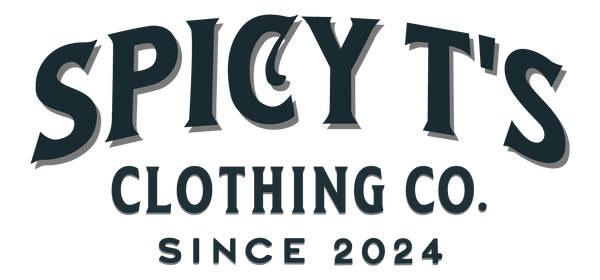
Vectorization in Graphic Design: Benefits and Challenges You Should Know
Share
In the world of graphic design, vectorization isn’t just a buzzword — it’s a powerful tool that can transform your visuals from pixelated and clunky to professional, scalable, and print-ready.
Whether you're working on logos, t-shirt prints, product packaging, or digital illustrations, understanding the benefits and challenges of vectorization can save you time, money, and headaches.
🎯 What Is Vectorization?
Vectorization is the process of converting raster images (like JPGs, PNGs, or hand-drawn sketches) into vector graphics — digital art made from paths, curves, and mathematical equations rather than pixels.
The result? A design you can scale up or down without losing quality.
Benefits of Vectorization in Graphic Design
1. 🔍 Infinite Scalability Without Quality Loss
Vector images remain crisp and clean at any size — from a tiny favicon to a billboard. No more blurry logos!
2. 🖨️ Essential for Printing and Merch
Screen printing, embroidery, laser cutting, and product packaging all require vector files (like AI, EPS, or SVG) for clean production.
3. 🎨 Easy to Edit and Customize
Need to change the color, shape, or layout? Vectors are fully editable without starting over. Perfect for brand refreshes and mockups.
4. ⚡ Smaller File Sizes
Compared to high-res raster images, vector files are lightweight — making them easier to share and store without sacrificing quality.
5. 💼 Professional Presentation
Clients, printers, and manufacturers expect vector-based files. Delivering these shows you’re serious and skilled.
6. 🧵 Used in Multiple Industries
Vectorization benefits:
-
Logo design
-
Apparel graphics
-
Digital illustrations
-
Icons and UI elements
-
Signage & decals
-
Embroidery digitization
🚧 Challenges of Vectorization in Design
While vectorization offers major perks, it’s not without its hurdles:
1. 🧩 Complex Images Lose Detail
Photos and complex gradients don’t vectorize well. You'll lose textures and depth unless you carefully recreate them with gradient meshes or blend tools.
2. 🕰️ Time-Consuming Manual Tracing
Automatic tools (like Image Trace) don’t always produce clean results. Manual vector tracing is often needed, which takes time and skill.
3. 🎓 Steep Learning Curve for Beginners
Designers need to master tools like Adobe Illustrator, CorelDRAW, or Inkscape to vectorize properly — which can be tough at first.
4. 🎨 Color Matching Can Be Tricky
In printing, converting raster designs with shadows or gradients into vector art requires careful color selection and layering.
5. ❌ Not Ideal for Every Project
Some designs — like photography or painterly textures — are better left as raster images. Vectorizing everything isn't always necessary.
🛠️ Tools Used for Vectorization
| Tool | Best For |
|---|---|
| Adobe Illustrator | Industry standard for manual vectorization |
| CorelDRAW | Widely used in apparel & signage |
| Inkscape (Free) | Good for beginners on a budget |
| Vector Magic | AI-based auto-tracing |
| Affinity Designer | Affordable and flexible |
🧑🎨 When Should You Vectorize?
-
When creating logos, icons, or flat illustrations
-
When preparing artwork for printing, embroidery, or laser cutting
-
When converting hand-drawn sketches into digital files
-
When a client asks for "print-ready" files (AI, SVG, EPS)
🎁 Bonus: Real-Life Examples
| Design Task | Raster Problem | Vector Solution |
|---|---|---|
| Old logo scan | Blurry edges | Vectorized with clean paths |
| T-shirt graphic (PNG) | Pixelated on print | Converted to scalable vector |
| Tattoo sketch | Low-res photo | Clean vector lines for stencil |
| Product label redesign | Can’t change colors | Editable vector version |
✨ Final Thoughts
Vectorization is a game-changer in graphic design. It lets you deliver sharp, professional work that prints perfectly and adapts to any medium. While it takes some time and skill, the flexibility, scalability, and visual consistency it brings are more than worth it.
